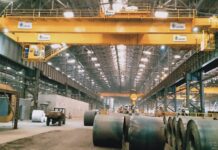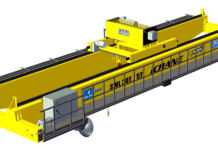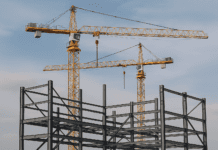The Middle East and Africa rough terrain cranes market is poised for significant expansion between 2025 and 2035, fueled by rapid infrastructure development, urbanization, and a thriving oil and gas sector. These robust cranes, designed to operate efficiently on uneven and off-road terrains, have become indispensable for large-scale projects in construction, energy, mining, and urban infrastructure. Governments across the region are prioritizing economic diversification and investing heavily in modern transportation networks, industrial hubs, and smart cities, driving demand for heavy-duty lifting solutions.
A key growth driver is the surge in oil and gas exploration activities, particularly in the Middle East, where rough terrain cranes are critical for pipeline installations, refinery expansions, and offshore operations. Similarly, Africa’s mining sector relies on these versatile machines to navigate challenging landscapes and support resource extraction. Urbanization trends are further amplifying demand, as cities expand vertically and require precision lifting for high-rise constructions and infrastructure upgrades.
The market’s value chain analysis highlights how manufacturers and service providers are optimizing production, distribution, and maintenance to enhance competitiveness. Local governments are also partnering with global players to introduce advanced crane technologies, ensuring safety and efficiency in complex projects. With sustained investments in infrastructure and energy, the Middle East and Africa rough terrain cranes market is positioned to play a pivotal role in shaping the region’s industrial and economic future.





